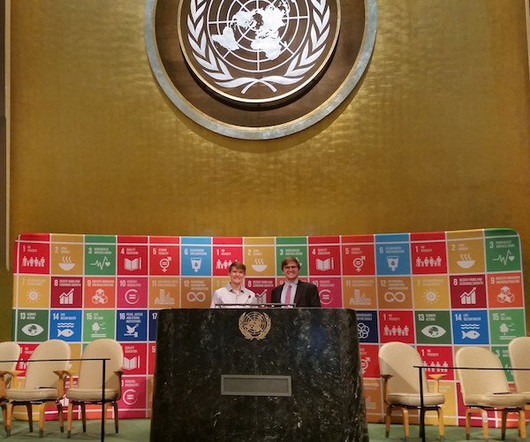Smart Cities – Seeing the Invisible and Doing the Impossible
Daniel Burrus
OCTOBER 7, 2015
But we all know the impossible isn’t completely out of our reach; for centuries, humans have been achieving the so-called “impossible” by developing conceptual understanding and making visible that which we’ve been previously unable to see and conceive of.














Let's personalize your content